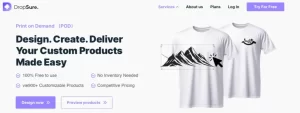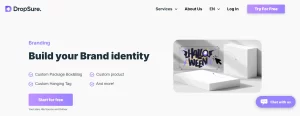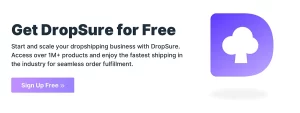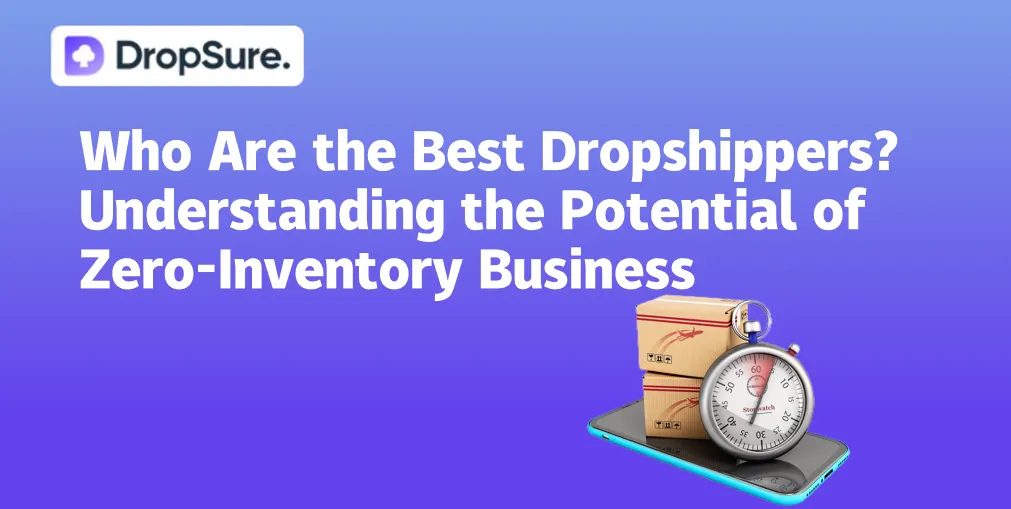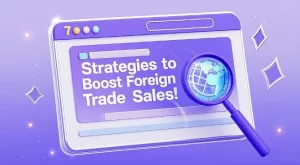
Are you looking to find new foreign trade customers but struggling to convert them into orders? If so, this blog is exactly what you need.
Here, we’ll share seven powerful strategies to motivate potential customers and encourage them to take action. While it might seem like a daunting task at first, applying these techniques will help you achieve more sales success in no time!
Ask the Reason
In foreign trade business, customers not placing orders is a very common problem. However, to solve this kind of problem, you must first know why customers do not order. You can send emails to politely ask the customer’s idea, to understand the details of their concerns, so that you can put forward a targeted program to solve the problem.
It is important to note that you need to ask the customer in a civilized and appropriate manner so that you do not make them feel disturbed. If you communicate in the right way, you will not only help your customers resolve their concerns, but you will also be able to better understand their needs, which will increase the success rate of the transaction.

Example 1:
“Hello, I noticed that you have not responded further to our offer. I wonder if it’s because of the price? We can work together to discuss how we can adjust our options, such as adjusting product specifications or optimizing shipping methods, to help you reduce costs.”
Example 2:
“Thank you for your interest in our products! To make you feel more comfortable, we can provide samples for you to test. This way, you can visualize the quality of the product and decide whether to continue working with us.”
Example 3:
“Hi, I was wondering if there are any other team members or supervisors who need to know about our program? If needed, I can provide a detailed product description or quotation report to facilitate your communication and decision making.”
Example 4:
“We understand very well the concerns you have when working together for the first time. In order to eliminate the risk, we can sign a clear contract and support to secure the transaction through third-party payment platforms (e.g. PayPal, Letter of Credit).”
Use Price Validity Period to Drive Orders
The price validity period is a commonly used technique in foreign trade to call for orders. Quotation clearly marked price validity period, such as: “This quotation is valid until the date of XX”, which for the follow-up to call the order laid the groundwork. When approaching the deadline, you can politely remind the customer: “The recent price fluctuations in raw material prices, subsequent prices may rise, it is recommended to order as early as possible to ensure that the cost does not increase.”
This approach not only looks professional, but also adds a sense of urgency to the customer and pushes them to place an order as soon as possible.
However, when negotiating prices, the tone of voice must be polite to avoid making customers feel pressured. If you’re not too skilled in this area, take a look at our other articles or ask an experienced colleague for advice on how to break the ice Oh!
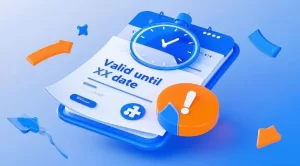
Driving Decisions with Freight Adjustments A freight rate increase is an equally effective reason to push for an order. When a customer has confirmed an order but is slow to place it, convey to them the latest information from the freight forwarder: “Freight rates are expected to go up after XX date, so if you place your order now, you can lock in the current lower shipping costs.” This conveys your concern for your customers’ interests and increases their incentive to place an order.
At the same time, don’t forget to utilize promotional tools such as Google SEO and foreign trade independent sites to attract more potential customers and lay the foundation for subsequent transactions. Learn to utilize these techniques flexibly and your sales goals will be easier to achieve!
Using Freight Rate Adjustments to Drive Decisions
Freight rate increases are an equally valid reason to call for an order. When a customer has confirmed an order but is late in placing it, it may be worthwhile to convey to them the latest information from the freight forwarder: “Freight rates are expected to go up after XX date, so if you place an order now, you will be able to lock in the current lower transportation costs.” This conveys your concern for your customers’ interests and increases their incentive to place an order.
At the same time, don’t forget to utilize promotional tools such as Google SEO and foreign trade independent sites to attract more potential customers and lay the foundation for subsequent transactions. Learn to utilize these techniques flexibly and your sales goals will be easier to achieve!
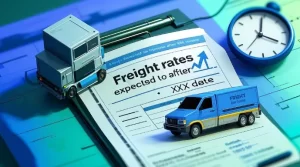
Utilize Limited-Time Promotions to Drive Orders
If a customer is late in placing an order, a limited time offer promotion is a very effective incentive. It can be explained to customers, “If you place an order before XX date, we will offer you a special discount/giveaway/free shipping.”
This practice not only motivates customers to place orders as soon as possible, but also boosts their satisfaction with the collaboration. However, be careful to keep it moderate and avoid damaging brand value with frequent discounts. Reasonable limited-time offers not only lead to orders, but also win customers’ trust and loyalty!
Create a Sense of Urgency by Leveraging the Peak Selling Season
Peak season is a good time to call for orders! If customers are still hesitant, you can remind them, “This is the peak season for XX products, so placing an order early not only locks in inventory, but also catches up with the high demand period and avoids missing the market opportunity.” This kind of thoughtful reminder will make customers feel your professionalism and concern, and thus more willing to cooperate.
You can also send out mass emails to efficiently convey promotional information, but be sure to pay attention to the quality of the email content! For those who need a recommendation tool, you can check out the suggestions related to foreign trade development mass mailing software.
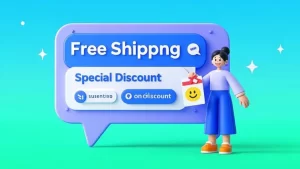
Build Trust Through Case Studies and Testimonials
Showing real cases and positive feedback is a great way to increase customer confidence. You can share screenshots of successful cases or positive feedback from previous clients to convey the message that “we have the strength and reputation”.
This way can effectively dispel the doubts of customers, so that they are full of trust in your business and service, thus promoting the order. Foreign trade market competition is fierce, forcing a single has become a mandatory course for many foreign trade business.
However, after exhausting the above techniques to force single, sometimes customers still will not order. At this time, we need a lasting strategy, maintain patience, from time to time to send an e-mail to ask the customer’s intention.

Tap into customer demand points, regularly recommend the appropriate products, provide good after-sales service, enhance customer stickiness and loyalty, so that customers do not forget you. As long as we are persistent, customers will definitely place orders at the right time.
With these strategies, you have a solid foundation to motivate hesitant customers and drive more orders. Building trust and understanding your customers’ needs is at the heart of foreign trade success. By allaying their concerns and creating a sense of urgency, you can guide them to a more confident decision.
Keep in mind that not every approach will work for every customer, but persistence and improvisation are your best allies. Stay patient and refine your techniques as needed. Persistent, thoughtful communication will play a pivotal role in converting prospects into loyal customers.
Remember, foreign trade is a constant battle. With dedication, strategic follow-up, and a focus on delivering value, you’ll gain not just one-time orders, but lasting business relationships that will fuel your growth.
Contents
Toggle



 9 min read
9 min read
